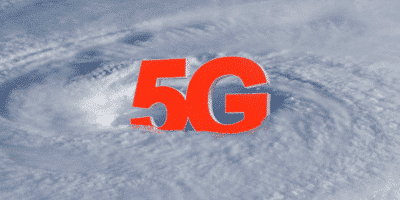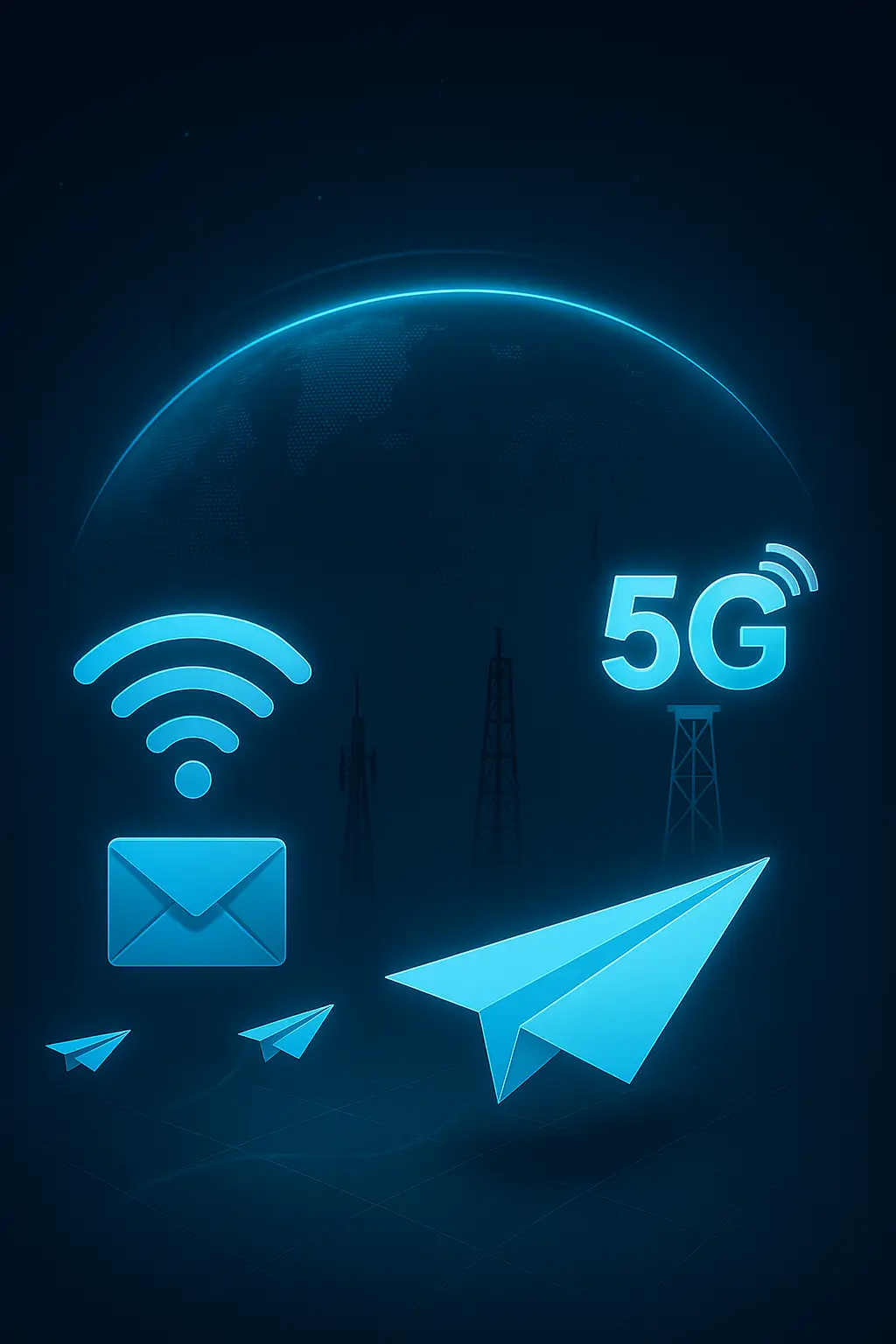The introduction of 5G mobile phone networks could seriously affect weather forecasters’ ability to predict major storms.
That is the stark warning of meteorologists around the world, who say the next-generation wireless system now being rolled out across the globe is likely to disrupt the delicate satellite instruments they use to monitor changes in the atmosphere.
The result will be impaired forecasts, poorer warnings about major storms, and loss of life, they say.
“The way 5G is being introduced could seriously compromise our ability to forecast major storms,” said Tony McNally of the European Centre for Medium-Range Weather Forecasts in Reading. “In the end it could make the difference between life and death. We are very concerned about this.”
The crisis facing the world’s meteorologists stems from the fact that the radio frequencies the new 5G networks will use could contaminate critical Earth observations made by weather satellites.
Instruments on board the satellites peer down into the atmosphere and study variables such as water vapour, rain, snow, cloud cover and ice content – all crucial factors that influence our weather.
One example is the 23.8 gigahertz (GHz) frequency. Water vapour emits a faint signal at this specific natural wavelength, and this data is monitored and measured by weather satellites. Forecasters then use this information to work out how a storm or weather system is likely to develop.
“Such data is critical to our ability to make forecasts,” said Niels Bormann, also of the Reading weather centre. “They are a unique natural resource, and if we lose this capability, weather forecasts will get significantly worse.”
The problem is that some 5G phone networks may transmit near a frequency similar to that emitted by water vapour, and so would produce a signal that looks very like its presence in the atmosphere.
“We would not be able to tell the difference and so would have to discard that data,” added Bormann. “That would compromise our ability to make accurate forecasts.”
The urgency of the problem is underlined by the fact that US Federal Communications Commission and similar agencies in other countries have already started to auction off frequencies close to the 23.8 GHz frequency to future 5G network providers. In addition, other bands that are used to probe our weather include the 36-37 GHz band, which is used to study rain and snow; the 50 GHz band, which is used to measure atmospheric temperature; and the 86-92 Ghz band, which helps to analyse cloud and ice.
Benefit from Massive discount on our 5G Training with 5WorldPro.com
Start your 5G journey and obtain 5G certification
contact us: contact@5GWorldPro.com


